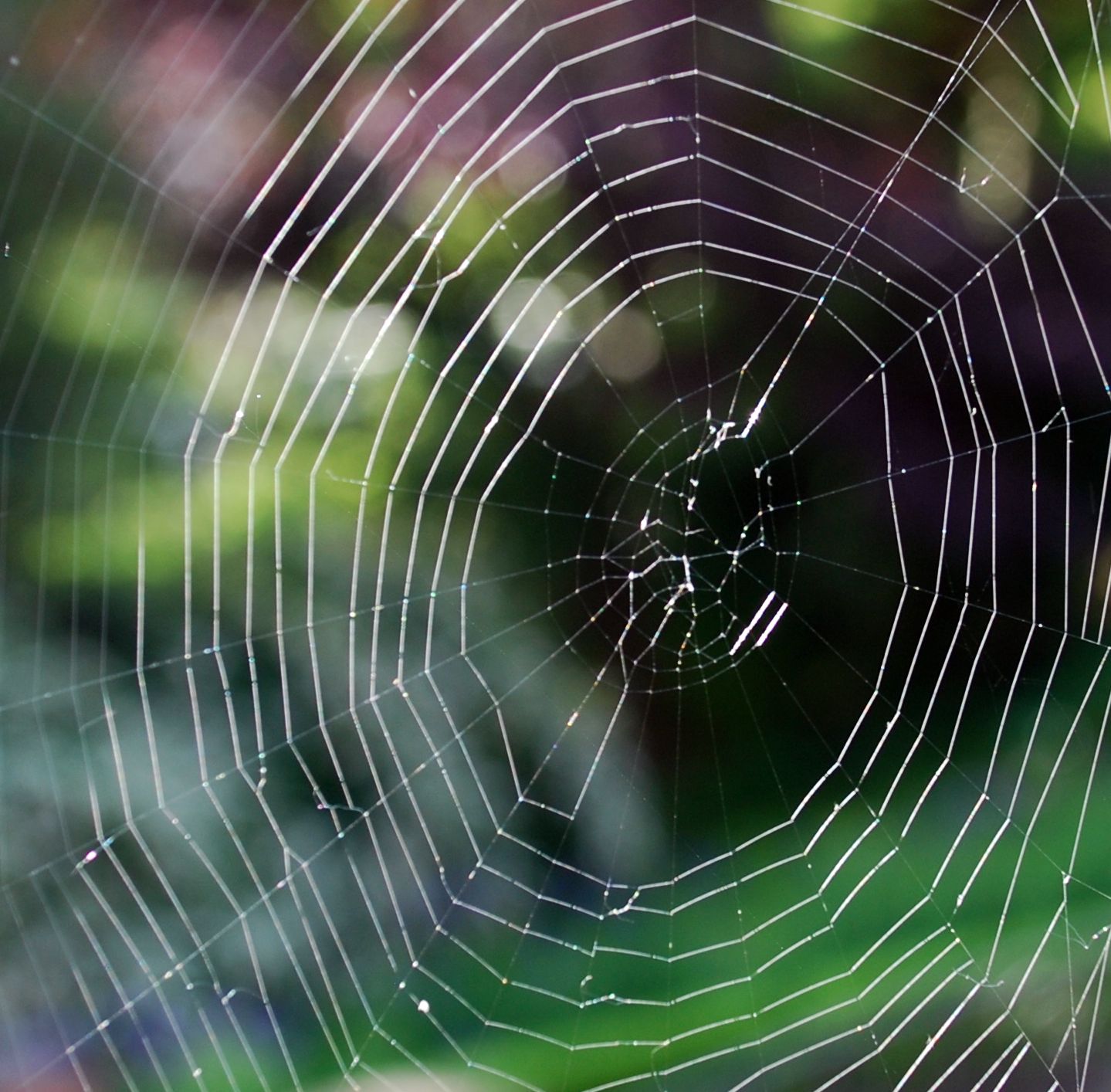Breaking Test for Silk

HITS researchers analyze the properties of spider silk using computer simulations – different components provide resistance and high flexibility – article in „Biophysical Journal“
The Molecular Biomechanics research group (head: Dr. Frauke Gräter) of the Heidelberg Institute for Theoretical Studies (HITS) explores how physical force interacts with molecular processes using computer based methods. One of its research topics is the fascinating property of silk, which is more tear-resistant than steel. The researchers of HITS have – together with colleagues from Shanghai and Stuttgart – published new findings to this in the article „Silk Fiber Mechanics from Multiscale Force Distribution Analysis“ in the „Biophysical Journal“, which has got big response not only from the scientific community, but also from international media.
“The article is the result of an interdisciplinary project”, says Dr. Frauke Gräter. “We have linked physical modeling of biological problems with engineering techniques. Besides the scientists of HITS, also Dr.-Ing. Bernd Markert (Institute of Mechanics, University of Stuttgart) and researchers of the CAS-MPG Partner Institute of Computational Biology Shanghai have been involved in the project.
Exact physical models can only be computed for very small fragments of silk fiber by today`s computer technique. Even for supercomputers it takes months to compute single components. “We use the results of our own calculations and scale them up to the whole silk fiber, similar to an extrapolation”, explains Frauke Gräter. “To this end we use methods and techniques of engineers, which are for example used by crash tests.” Thus, the HITS-scientists can explore with their computer simulations how the whole silk fiber is responsive to mechanical force, if it is pulled for example.
The results of the study in the „Biophysical Journal” show, how the main component of the silk protein has to be arranged to achieve optimal breaking strength and elasticity. “The main components are on the one hand crystalline, thus very ordered, assemblies and on the other hand soft, disordered units”, says Frauke Gräter.
Up to now, it was presumed that those two components of silk are arranged by accident. The scientists from Heidelberg have shown now, that silk is only really tear-resistant, if these components are arranged in continuous slices – “like filmy slices of salami,” says Frauke Gräter.
Up to now, there is no synthetic material which can compete with silk. “Our computer schemes can help polymer chemists to develop new materials which are both tear-resistant and elastic”, Frauke Gräter sums up.
The original scientific article:
Cetinkaya et al., Silk Fiber Mechanics from Multiscale Force Distribution Analysis, Biophysical Journal (2011), doi:10.1016/j.bpj.2010.12.3712
Abstract (you can download the whole article): http://www.cell.com/biophysj/abstract/S0006-3495%2810%2905256-2
Presscontact:
Dr. Peter Saueressig
Presse- und Öffentlichkeitsarbeit
HITS Heidelberger Institut für Theoretische Studien
Tel: +49-6221-533-245
peter.saueressig@h-its.org
www.h-its.org
About HITS
HITS, the Heidelberg Institute for Theoretical Studies, was established in 2010 by physicist and SAP co-founder Klaus Tschira (1940-2015) and the Klaus Tschira Foundation as a private, non-profit research institute. HITS conducts basic research in the natural, mathematical, and computer sciences. Major research directions include complex simulations across scales, making sense of data, and enabling science via computational research. Application areas range from molecular biology to astrophysics. An essential characteristic of the Institute is interdisciplinarity, implemented in numerous cross-group and cross-disciplinary projects. The base funding of HITS is provided by the Klaus Tschira Foundation.